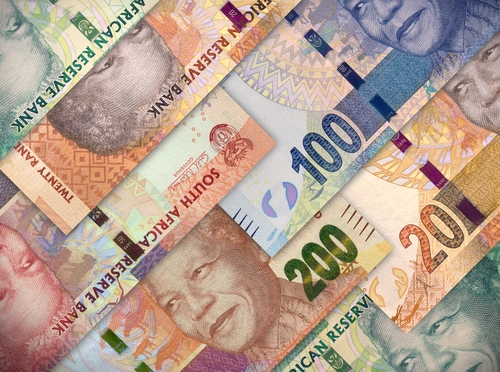- Summary:
- The USD/ZAR pair declined as investors ignored the latest South Africa credit downgrade by S&P Global. Instead, they are focused on the ongoing recovery
The USD/ZAR pair declined slightly as the market shrugged-off the latest South African rate downgrade by S&P Global. As it dropped, the pair accelerated the losses started last week when it reached a decade high of 19.3445.
S&P Global downgrades South Africa
South Africa received a big blow earlier today when ratings agency S&P Global slashed its sovereign debt. The company slashed the long-term foreign currency bonds to BB- from the previous BB.
When making the announcement, the company said that South Africa’s debt payments will continue to rise because of the recently announced stimulus package. It estimates that this amount will reach 6.5% of the country’s GDP in the next two years. At the same time, it expects the economy will decline by a record 4.5%.
The rate cut by S&P came a few weeks after Moody’s slashed its own rating. Fitch has also said that it is reviewing the country’s rating. Still, the USD/ZAR declined mostly because the rate cut was already priced-in by the market.
USD/ZAR falls as reopening gains steam
Part of the reason for the South African rand strength is because the country is making steps to reopen after a month’s long shutdown. Earlier today, the government said that it will start allowing wineries and wine exports to resume. Other activities that will restart include vehicle sales, takeaway restaurants, and all agricultural and about half of manufacturing and mining.
Therefore, investors expect that these activities will lead to more demand for the South African rand.
Crude oil and dollar weakness
Another reason for the USD/ZAR decline is that the US dollar has declined significantly since the FOMC decision late yesterday. The Federal Reserve said that it expects the economy to remain being weak for a considerable amount of time. It also said that it will continue supporting the economy until unemployment rate and inflation improve. This sent a message that more QE could be on the way.
In addition to all this, there are chances that low oil prices have contributed to the strengthening of the South African rand. As oil price declines, it reduces the cost of doing business in South Africa. It also reduces the amount of rands the country pays to import.
Download our Q2 Market Global Market Outlook
USD/ZAR technical outlook
On the four-hour chart, the USD/ZAR pair declined to an intraday low of 17.9860, which is between the 23.6% and 38.2% retracement level. The 50-day and 25-day exponential moving averages have also made a bearish crossover. As a result, I expect bears to remain in full control as they attempt to test the 50-day EMA at 17.2652. But first, it will have to move below the 38.2% level of 17.7462.
On the other hand, a close above the 23.6% level of 18.3378 will invalidate this trend because it is along the 23.6% retracement level.
[vc_single_image image=”43935″ img_size=”full” onclick=”link_image” title=”USD/ZAR technical forecast”]


